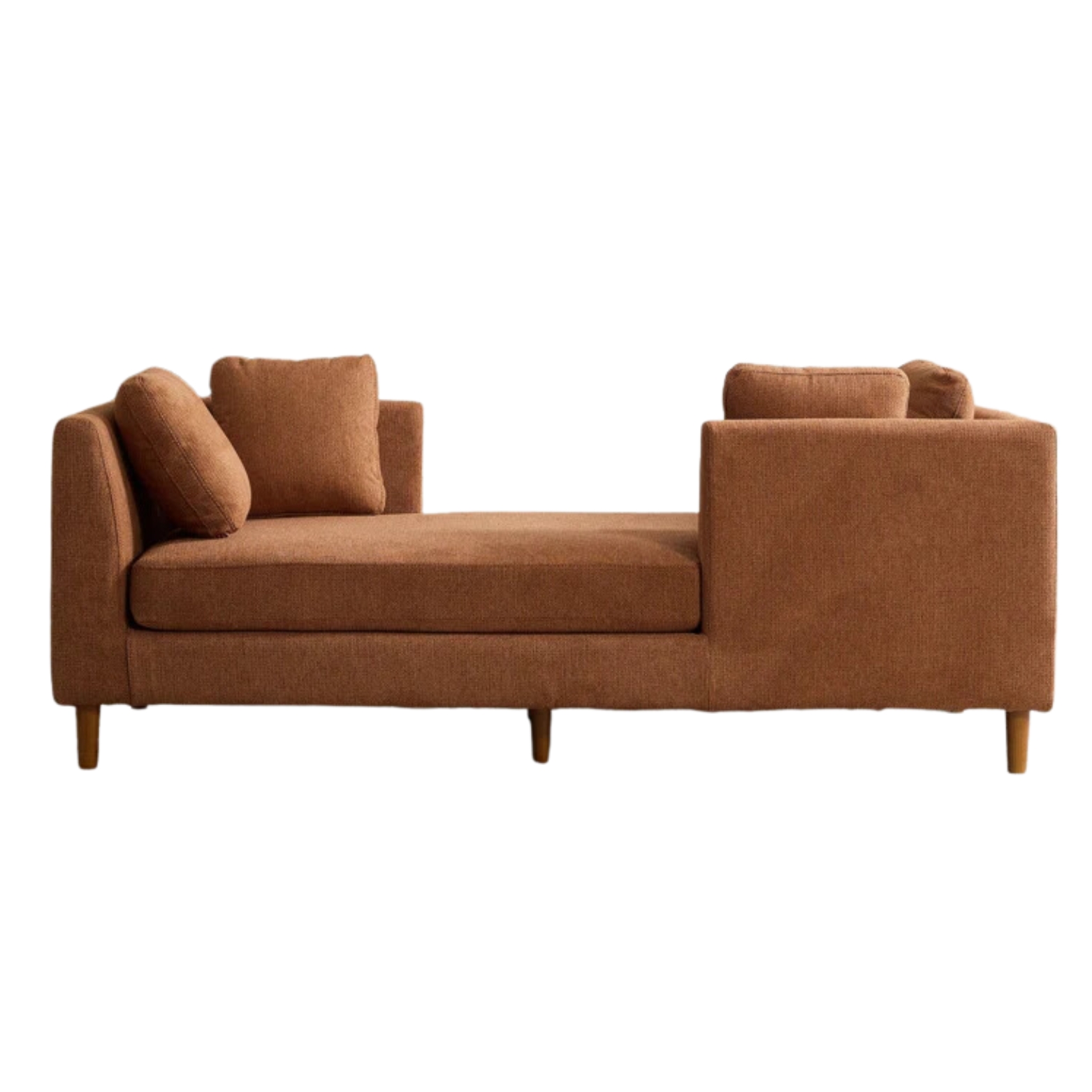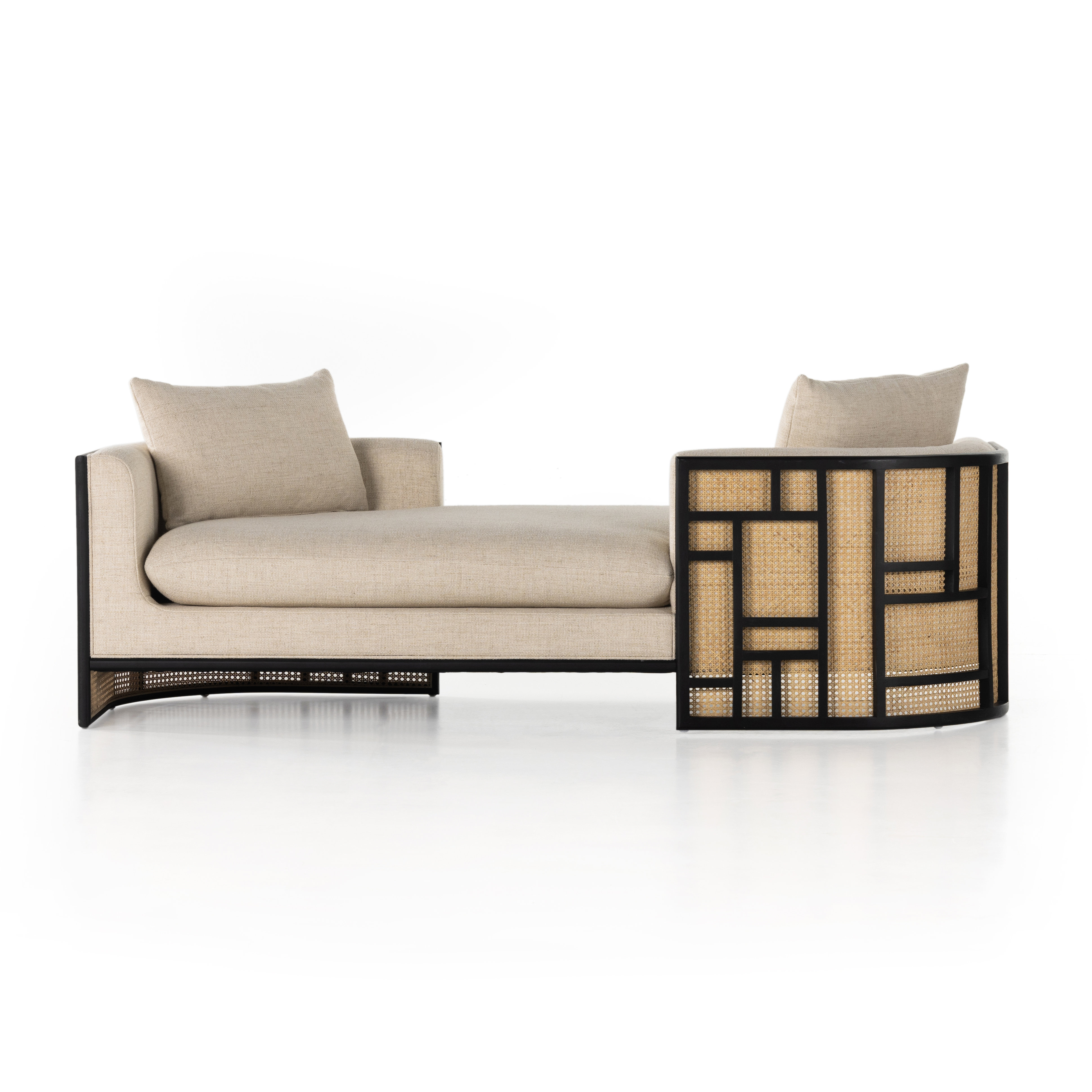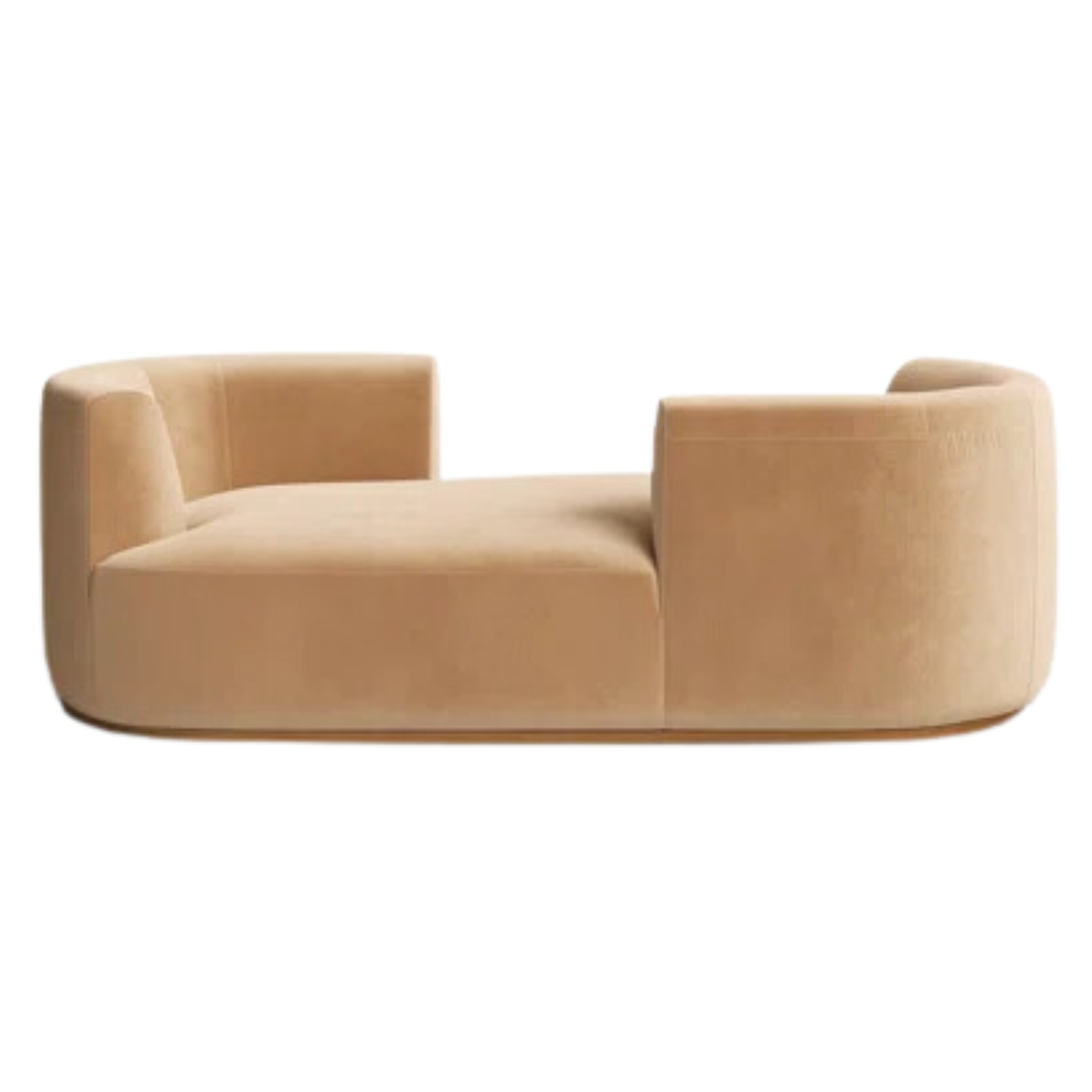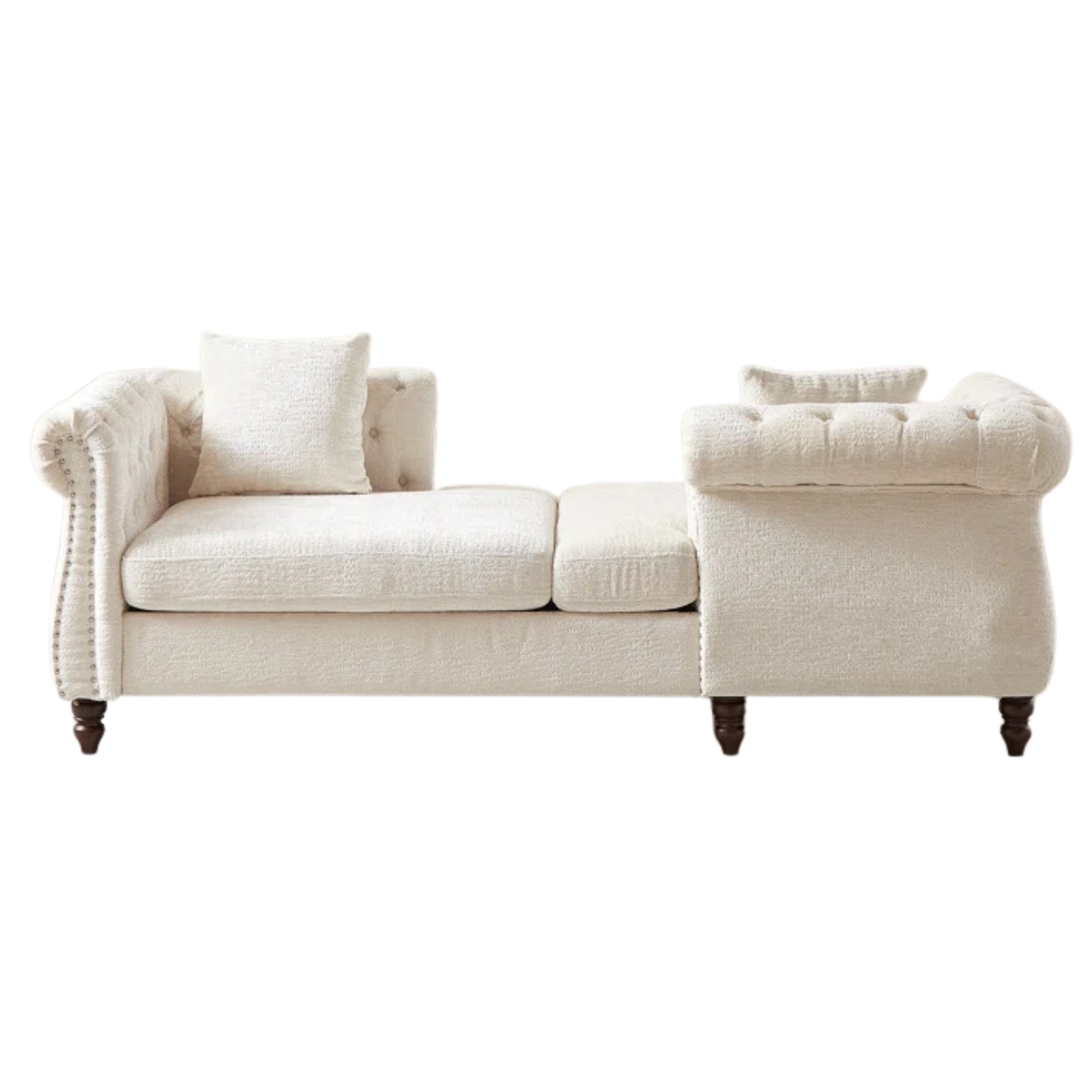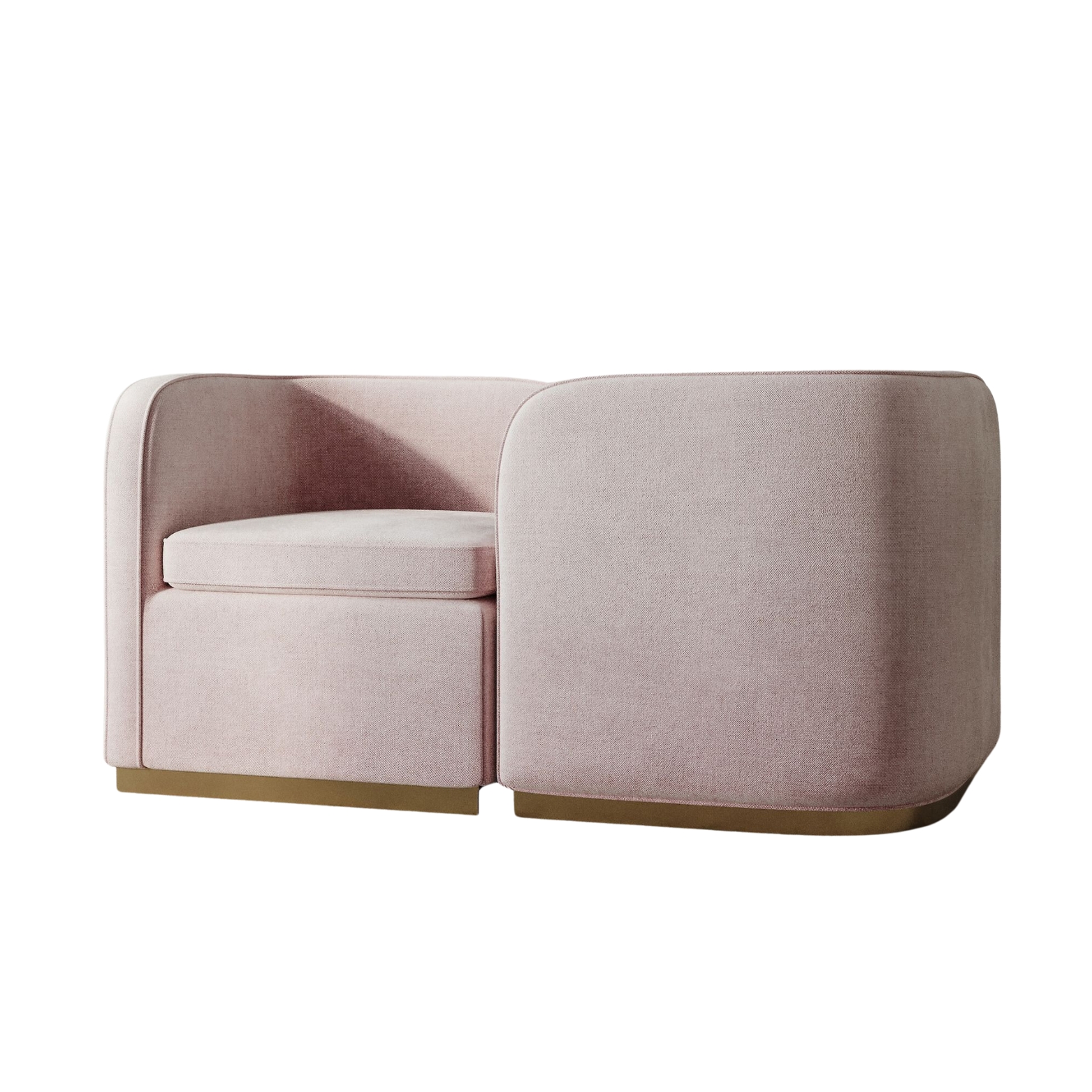Let's Talk About the Tête-à-Tête Sofa — The Unique Couch Style Every Conversationalist Needs
This furniture piece with a social silhouette has been trending lately, and I've found where to shop it on sale
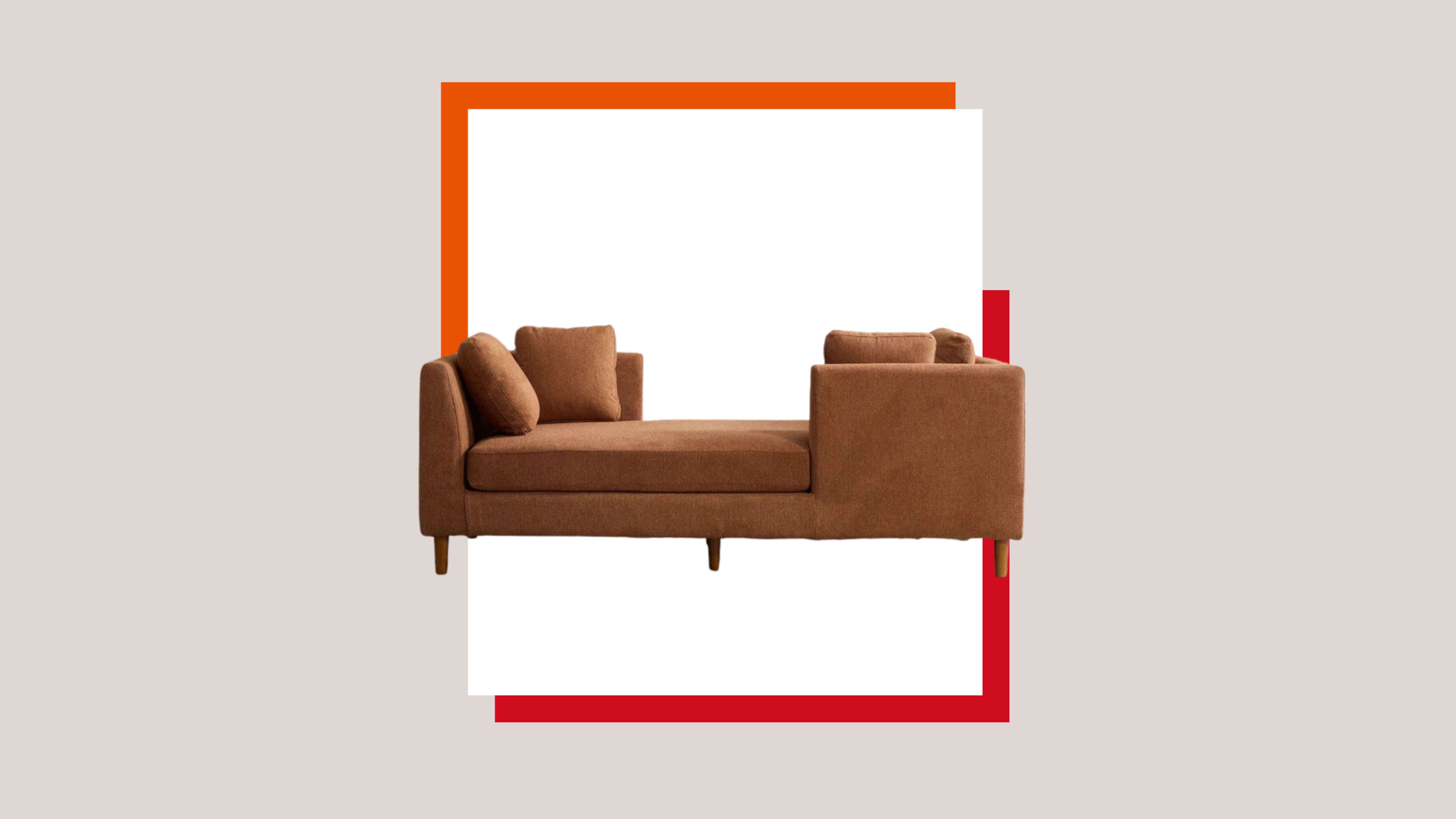

Living rooms are the social setting of the house, and having good seating is essential to mastering the art of conversation. Of course, you can always opt for the comfortable classics — sectionals, pit sofas, even deep-seat love seats — but there is one unique style that has currently caught my attention for its topsy-turvy silhouette: the tête-à-tête sofa.
With vintage designs and conversation-starting pieces currently on everyone's interior design mood boards, it comes as no surprise that this Victorian-era lounge has found itself in the spotlight. And thanks to the contemporary iterations on the market currently, the tête-à-tête sofa is easily one of the best couches, and most covetable, right now.
So where did the tête-à-tête sofa come from, and why are we loving this design at the moment? Moreover, how do you style one within your home? Let's discuss.
What is a Tete-A-Tete Sofa?
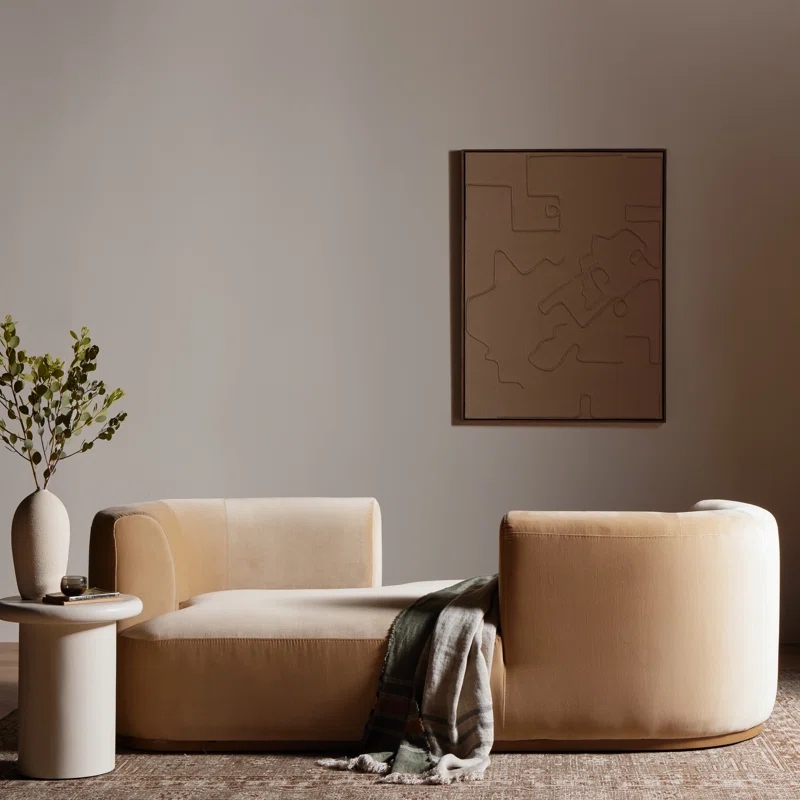
Much like the fainting sofa trend I recently came across, the tête-à-tête sofa originated in the 19th century during the Victorian era. Though, rather than a lounge to provide a moment of rest and escape, the tête-à-tête offers a way to promote conversation both with the person sitting next to you, and any others across the room. Quite literally, the phrase "tête-à-tête" means "face-to-face" which is exactly how the design of the sofa works — a lounge with opposite facing backs on either end.
"It was designed to allow two people to sit close together while facing slightly away, making it perfect for close conversations while maintaining propriety," says Victoria Holly, a Los Angeles-based interior designer and founder of Victoria Holly Interiors. She adds that "They usually were placed in grand parlors and sitting rooms, and they added in a new layout dynamic — since sitting rooms were much larger, a traditional furniture layout wouldn’t always work. A tête-à-tête sofa also allowed to bridge two different conversation areas in a larger sitting room." Clever.
Why Are They Trending Now?
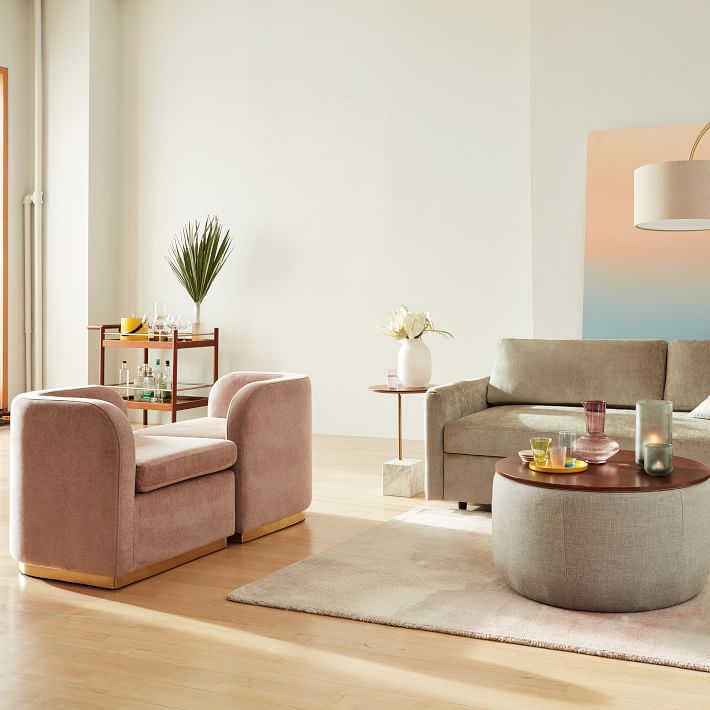
So why are we seeing a current resurgence of the tête-à-tête sofa? Much of the reasoning can be tied to the interior design trends of today gravitating towards incorporating nostalgic influences, like vintage-inspired paint colors and antique accents.
Isabel Jackson, and interior designer at Cheltenham Interiors, explains that "The resurgence of the tête-à-tête sofa can be tied to a broader trend towards nostalgia and a desire for more personalized, meaningful home decor. In an era where people are craving unique, statement-making pieces. It evokes a sense of history and craftsmanship, which resonates with people who are interested in more sustainable, artisanal pieces."
As people spend more time at home and focus on creating intimate spaces for conversation, the tête-à-tête sofa is the perfect symbol of that cozy, social atmosphere. Victoria adds that the rising tête-à-tête sofa trend could even be linked to more people seeking room divider ideas as a way to break up open-concept layouts.
"With the rise of open-concept spaces, which translates to larger living areas, we’re seeing the same need again for interesting seating dynamics instead of the standard sofa and two chairs layout," she says. "It also offers a statement in a room where you don’t expect it."
Even though the style tends to be on the more expensive side of things, with more and more brands starting to introduce their own styles with cleaner lines and more modern designs, it's certainly a sofa trend that's growing hard to ignore.
Shop Tête-à-Tête Sofas
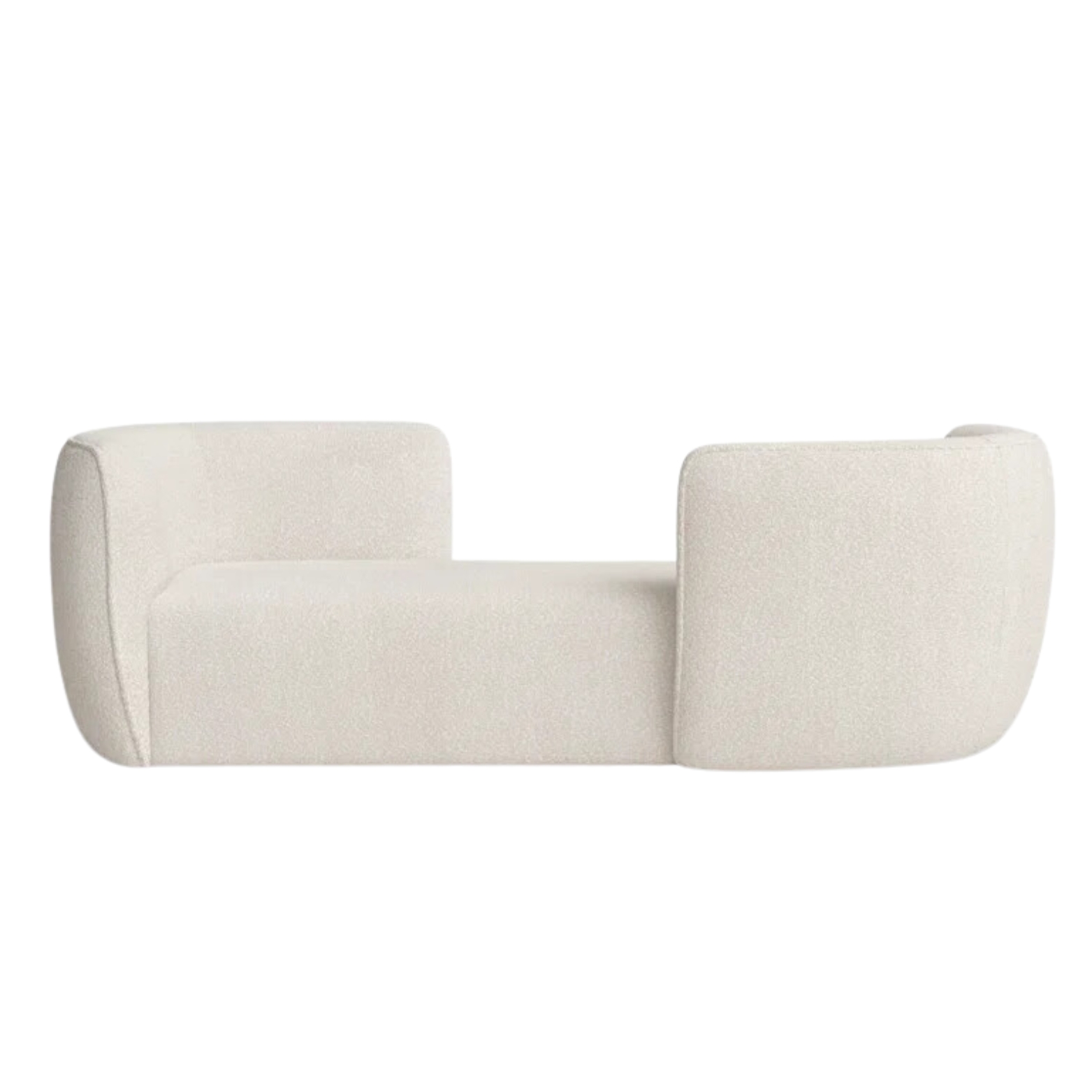
Price: $1,799.99, Was: $3,669
Fabric: Cream Polyester Blend
How to Style a Tête-à-Tête
As for styling one of these unique furniture pieces, Victoria says "We often install these in formal living rooms and home offices. Basically areas where you need to have two different conversational areas."
When it comes to larger spaces, particularly home offices, Victoria says they're "helpful to bridge the gap between a desk area and maybe looking outside to views or a sitting area within the office."
But living room furniture ideas and offices are not the only places for this design. Interior Designer and owner of Cushee, Hayley AcAteer, says "I picture this piece in any space where interaction happens naturally. A quiet corner of a bedroom is perfect for reading or unwinding. Even in a grand hallway or open space, it adds a sense of drama and charm that makes the area feel complete."
Since a tête-à-tête is a bold furniture piece in itself, Hayley recommends playing off of this characteristic. "Bold upholstery like velvet or a geometric print can bring out its curves, while neutral surroundings let the shape speak for itself. A statement lamp or an oversized piece of art nearby can frame it beautifully. Adding a textured throw or a small, sculptural cushion completes the look without taking away from its elegance," she says.
Are you dreaming of a tête-à-tête sofa becoming your conversation piece (literally) yet?
"I recently saw a modern version of the tête-à-tête in a friend’s sunroom," says Hayley. "It was upholstered in soft linen with clean, minimalist lines, surrounded by greenery. It became their favorite spot for morning coffee and quiet moments. That’s the beauty of this piece. It adapts to its surroundings while still holding onto its history, offering both functionality and style."
Be The First To Know
The Livingetc newsletters are your inside source for what’s shaping interiors now - and what’s next. Discover trend forecasts, smart style ideas, and curated shopping inspiration that brings design to life. Subscribe today and stay ahead of the curve.

Olivia Wolfe is a Design Writer at Livingetc. She recently graduated from University of the Arts London, London College of Communication with a Masters Degree in Arts and Lifestyle Journalism. In her previous experience, she has worked with multiple multimedia publications in both London and the United States covering a range of culture-related topics, with an expertise in art and design. At the weekends she can be found working on her oil paintings, reading, or antique shopping at one of London's many vintage markets.
-
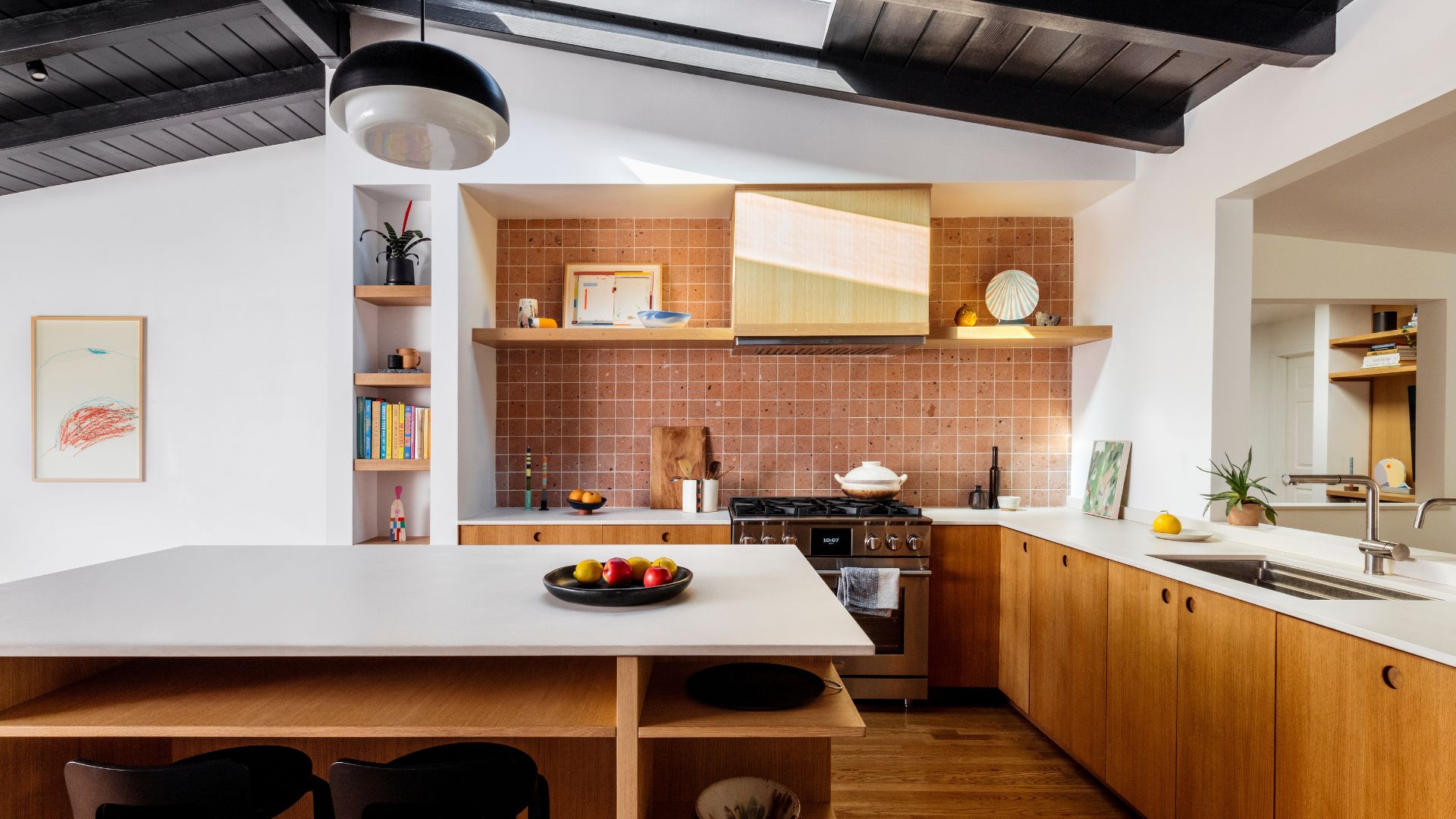 This Overlooked Space in Your Kitchen Could Be Causing Feng Shui Problems — Here's What to Do to Avoid Negative Flow
This Overlooked Space in Your Kitchen Could Be Causing Feng Shui Problems — Here's What to Do to Avoid Negative FlowAccording to Feng Shui, where your stove sits matters. So instead of tampering with the chi in your home, here are six rules to note for a harmonious kitchen.
By Amiya Baratan Published
-
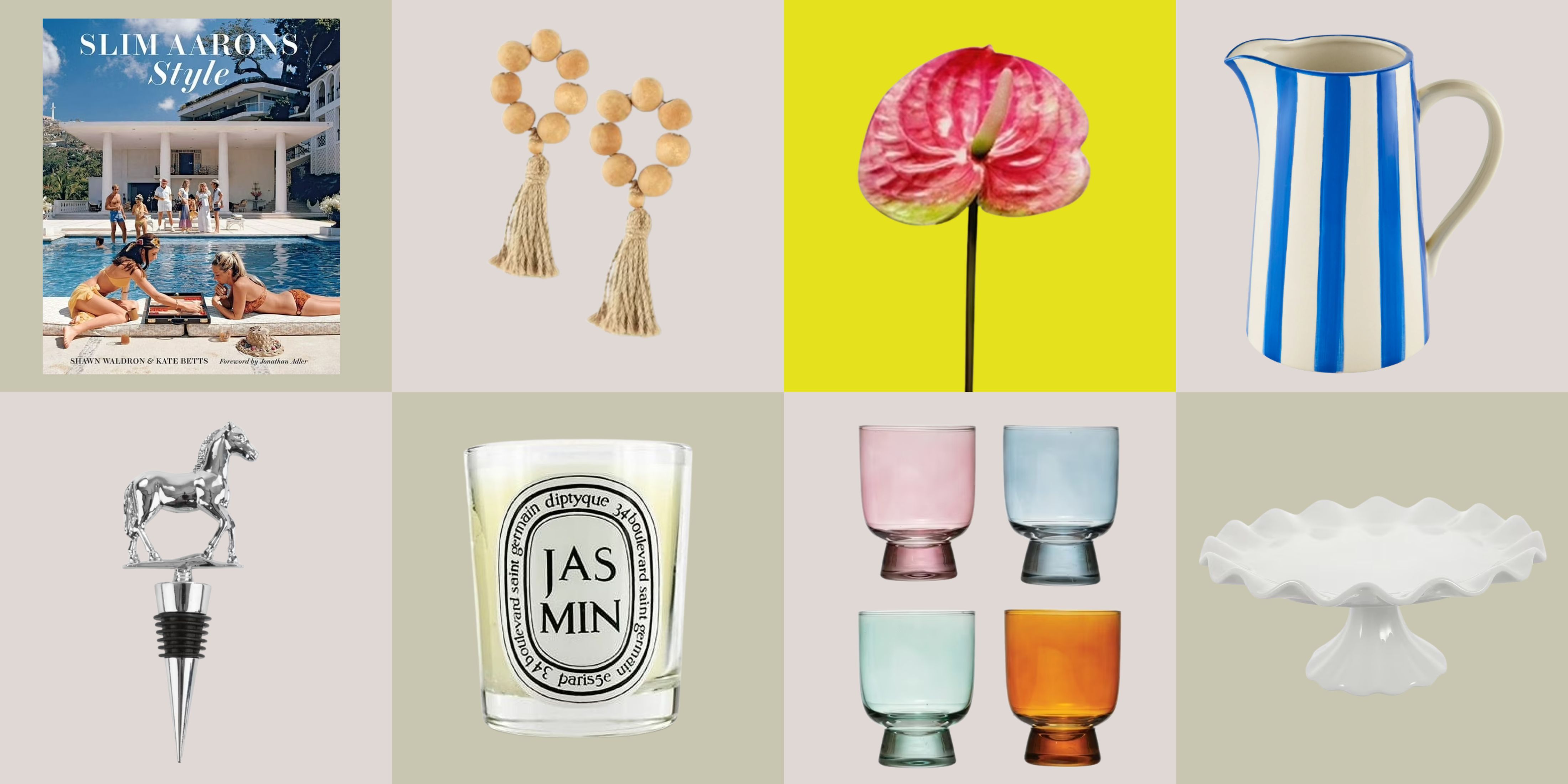 12 Essentials Every Cool, Collected Spring Host Needs — And You’ll Never Guess Where They’re From
12 Essentials Every Cool, Collected Spring Host Needs — And You’ll Never Guess Where They’re FromGuests will think you thought of everything, you just knew where to shop
By Julia Demer Published
-
 Straight from Salone: 5 Emerging Trends I Found in Milan That'll Shape Interiors For the Year Ahead
Straight from Salone: 5 Emerging Trends I Found in Milan That'll Shape Interiors For the Year AheadFrom reflective silver to fluidity, here's my perspective on the key themes and new moods coming through from Milan Design Week
By Sarah Spiteri Published
-
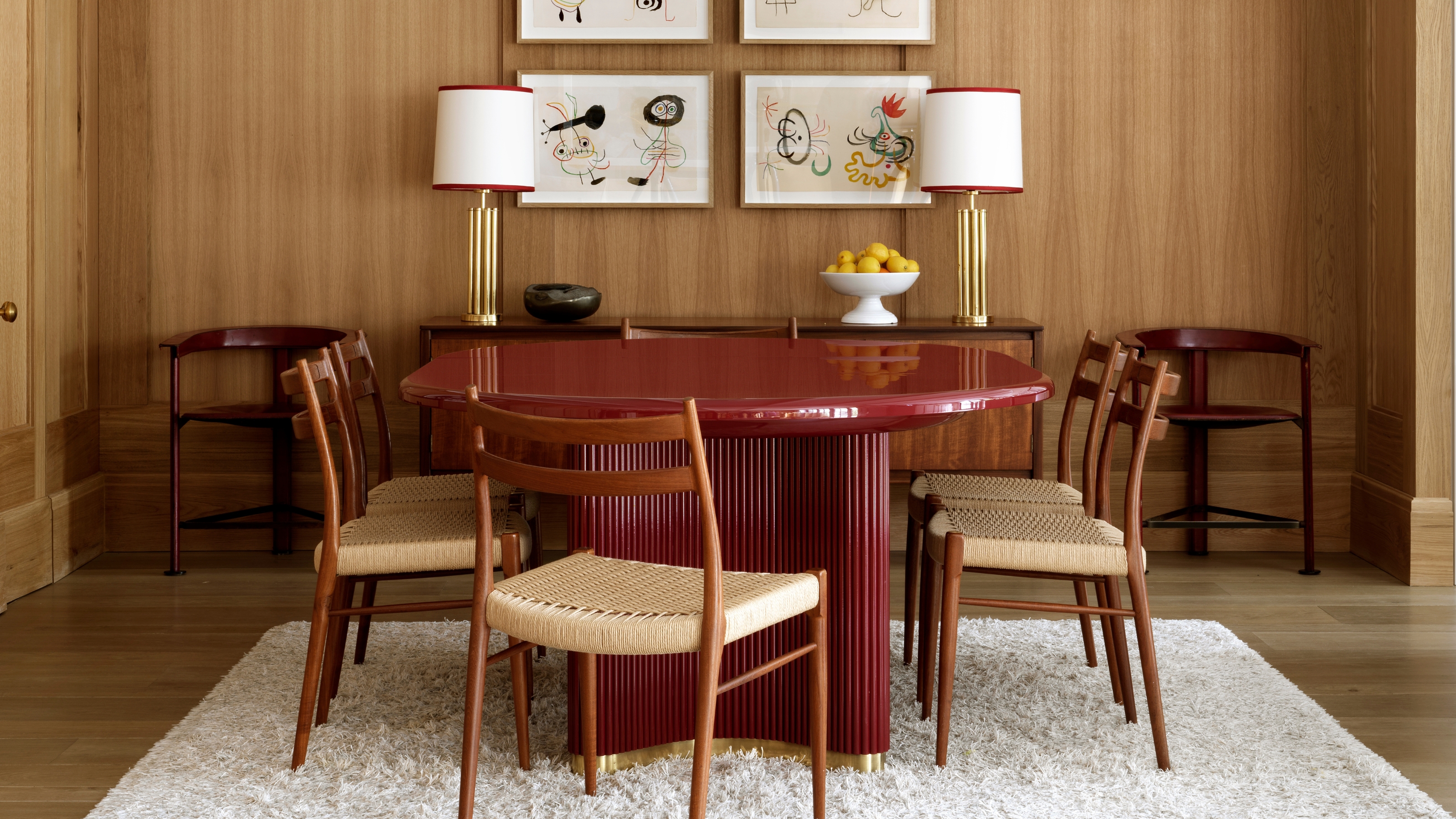 The 'Red Table Trick' Is the Easiest and Most Expensive-Looking Trend to Hit 2025 So Far
The 'Red Table Trick' Is the Easiest and Most Expensive-Looking Trend to Hit 2025 So FarA red dining table makes a seriously stylish statement; the beloved pop of red trend just got an bold and expensive-looking upgrade
By Olivia Wolfe Published
-
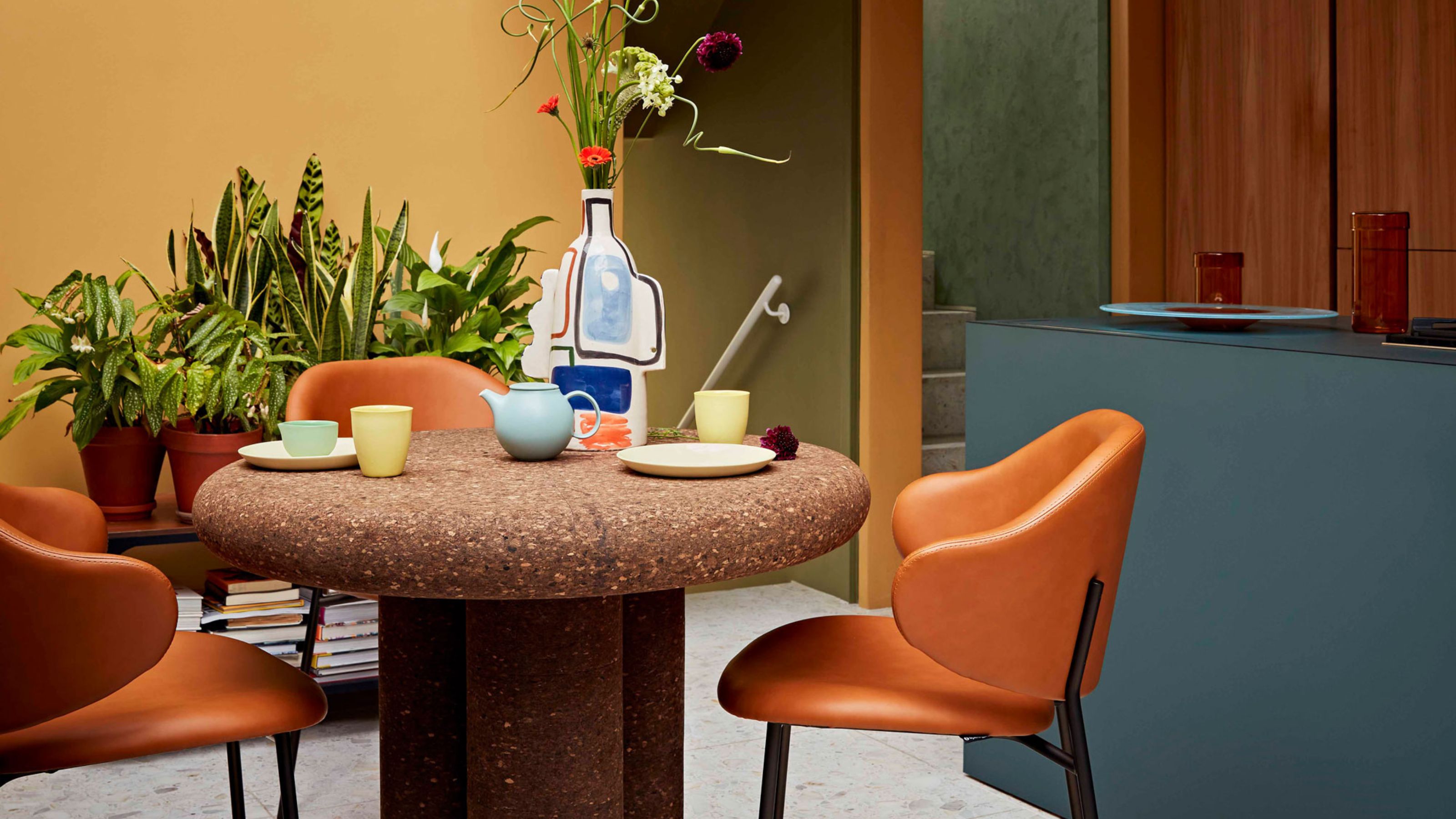 Cork Is the Cool, Sustainable, and Surprisingly Chic Material We Can't Stop Furnishing With Right Now
Cork Is the Cool, Sustainable, and Surprisingly Chic Material We Can't Stop Furnishing With Right NowIn honor of Earth Month, we’re toasting to cork... furniture, that is
By Julia Demer Published
-
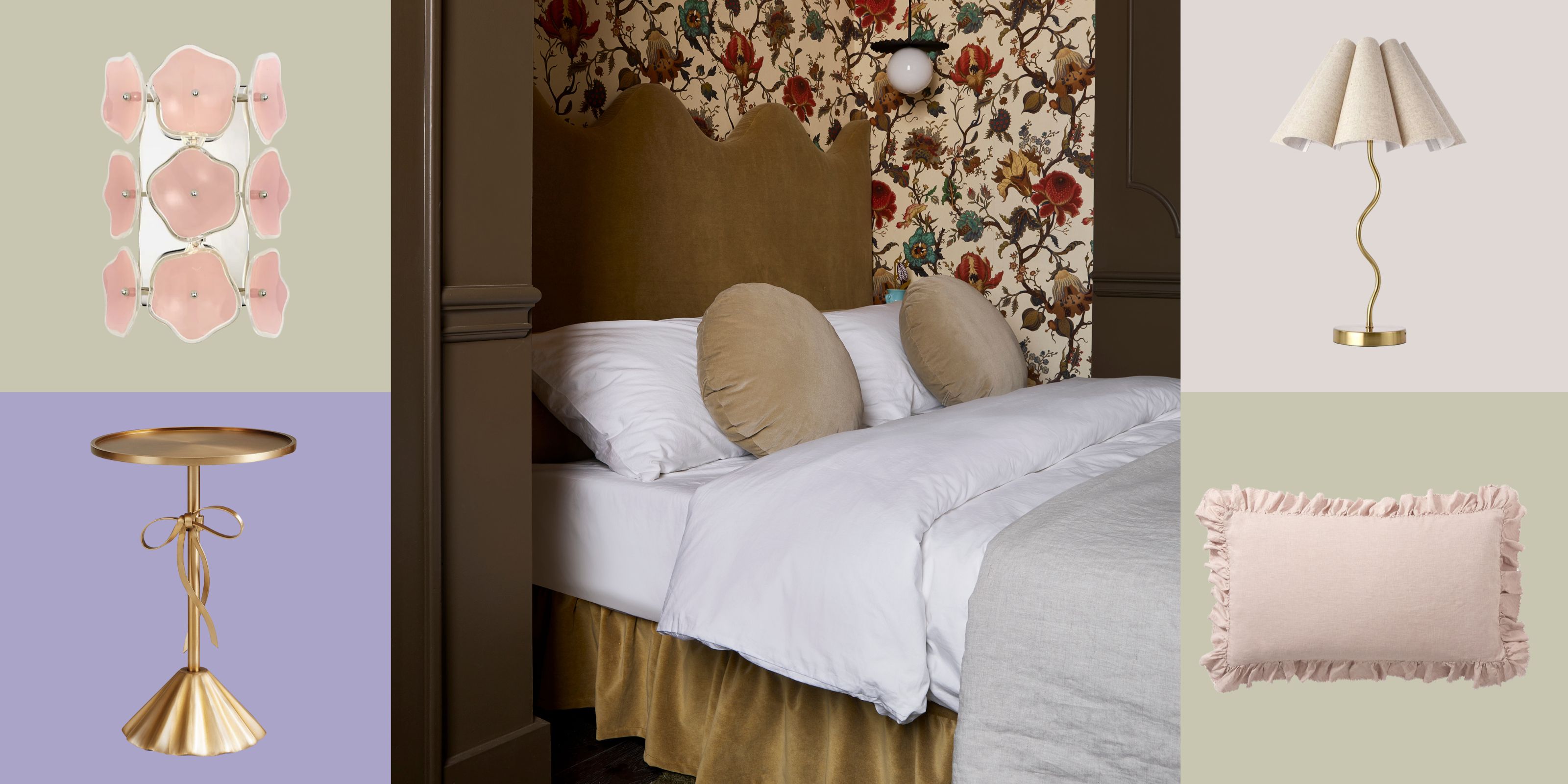 The Coquette Aesthetic Is Still Going Strong in Homes in 2025 — But Now It's Charming, Whimsical, and Has Modern Flair
The Coquette Aesthetic Is Still Going Strong in Homes in 2025 — But Now It's Charming, Whimsical, and Has Modern FlairA designer weighs in on how you can make the classic coquette trend feel modern while still retaining its whimsical elegance
By Devin Toolen Published
-
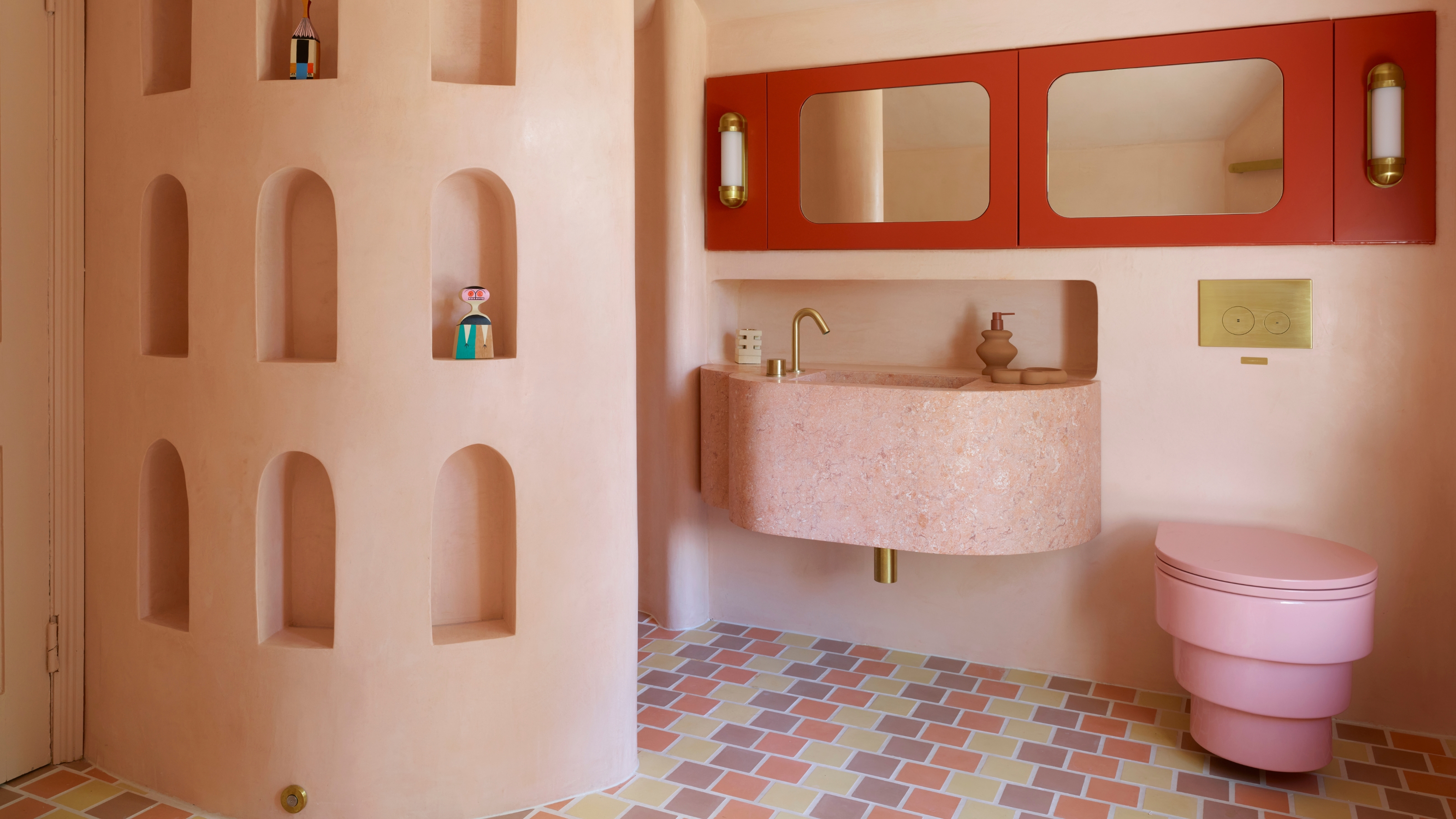 Spotted in the Coolest Bathrooms of the Moment — This Colorful-but-Divisive Trend Is the Idea You'll Either Love or Hate
Spotted in the Coolest Bathrooms of the Moment — This Colorful-but-Divisive Trend Is the Idea You'll Either Love or HateSee you later, sterile white. This playful plumbing trend is bringing color back to our bathrooms in an utterly unexpected way
By Olivia Wolfe Published
-
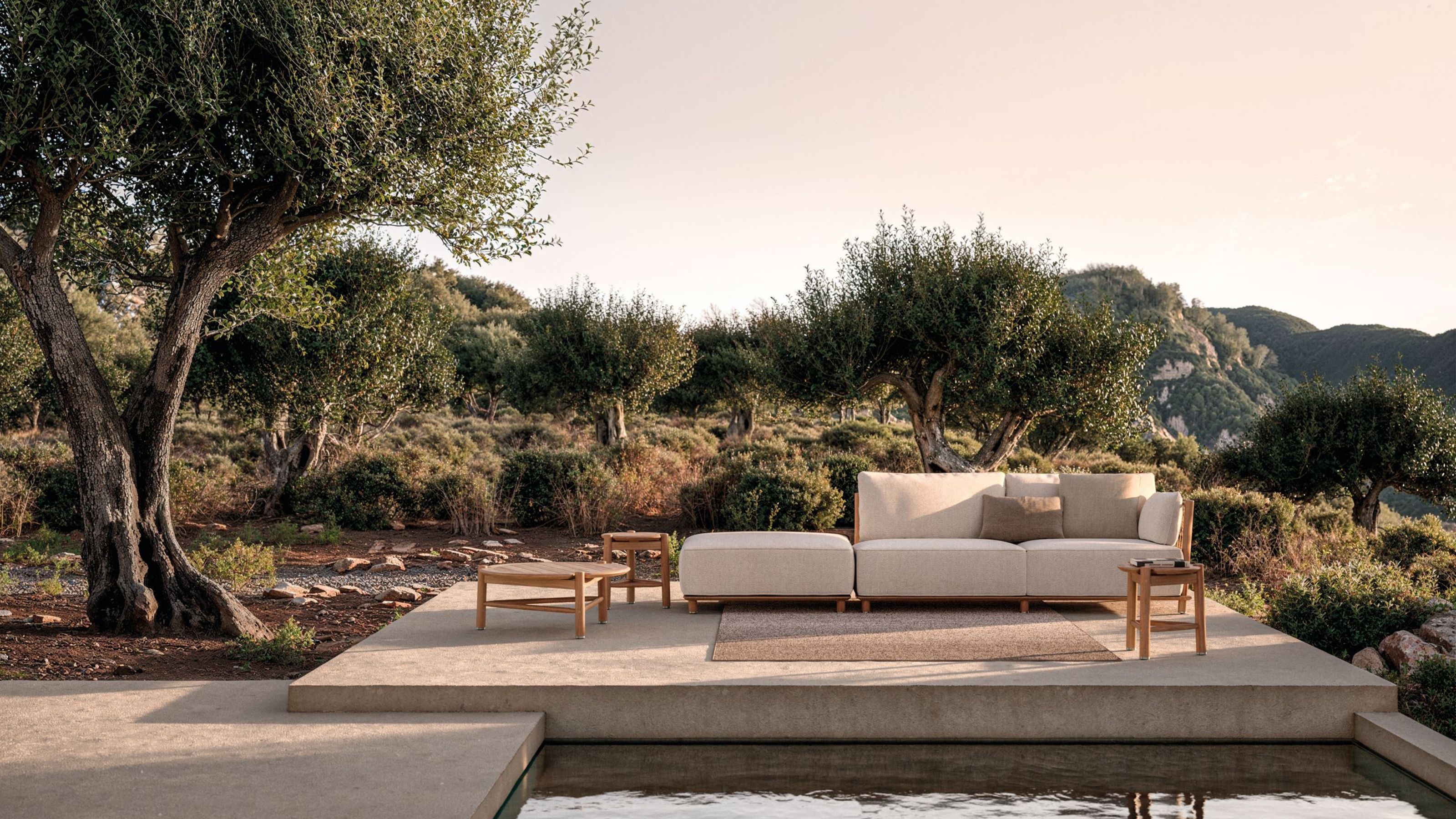 The Biggest Outdoor Furniture Trends for 2025 Embrace the Natural World, White Lotus, and a Touch of Whimsy
The Biggest Outdoor Furniture Trends for 2025 Embrace the Natural World, White Lotus, and a Touch of WhimsySofas as plush as your living room’s, tables fit for a five-star resort, and materials straight from nature — here’s how outdoor living is evolving this year
By Julia Demer Published
-
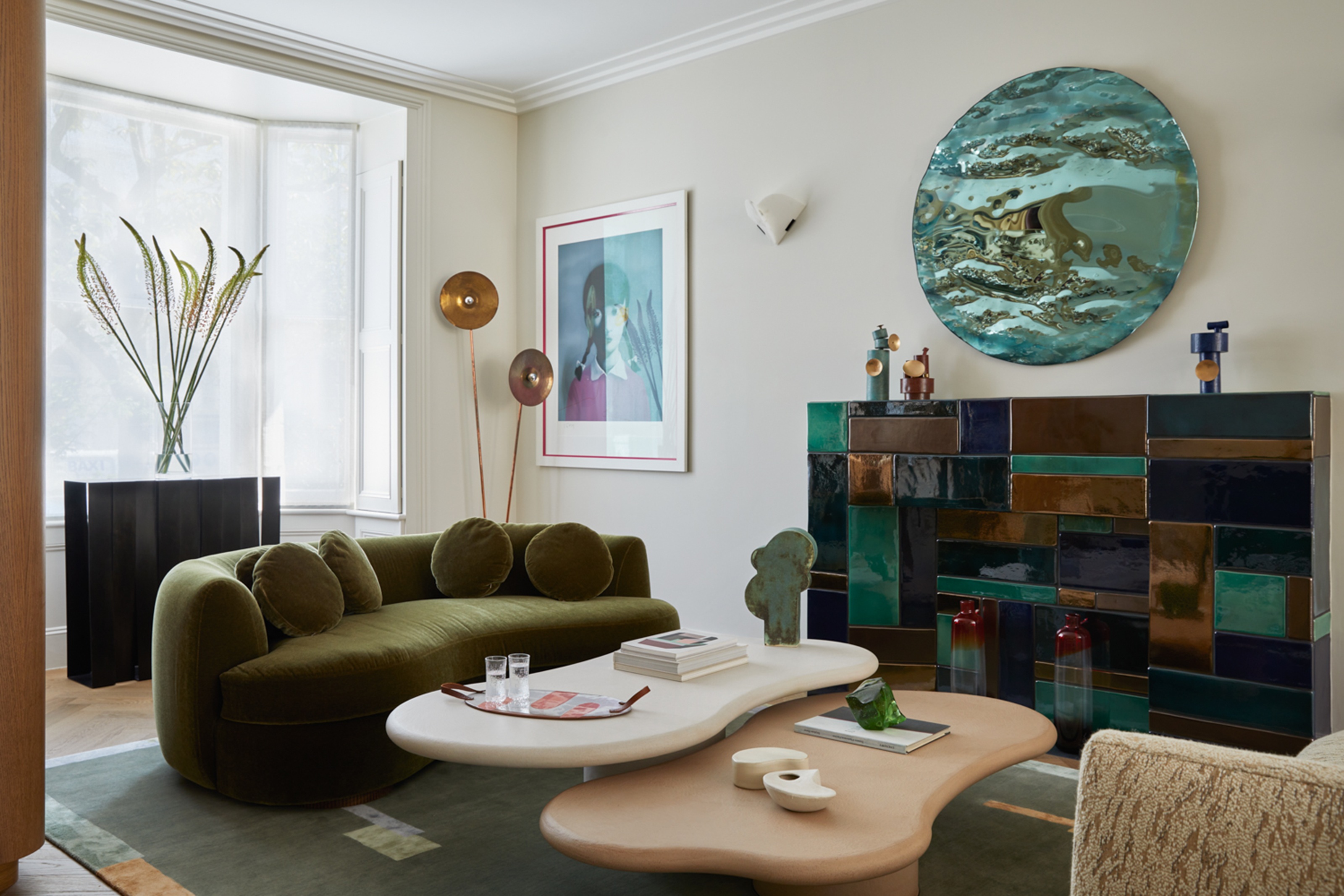 The "One Amazing Thing" Theory Could Just Be the Secret to Making Your Decorating Budget Go Further (While Making More Impact)
The "One Amazing Thing" Theory Could Just Be the Secret to Making Your Decorating Budget Go Further (While Making More Impact)What if we told you designers had found a way to control a project's spend even while elevating the final result? This new trend does just that
By Pip Rich Published
-
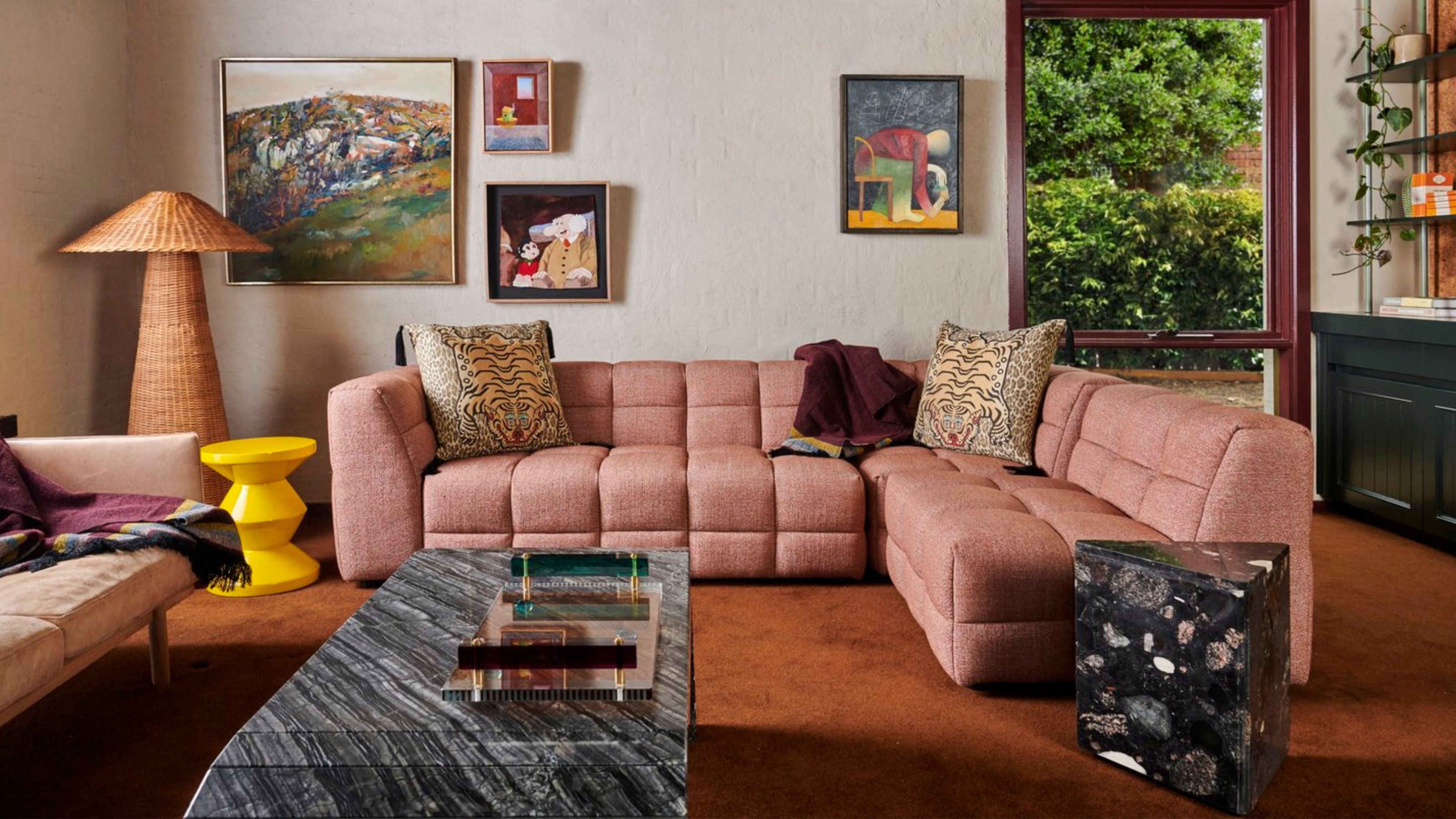 Carpets Used to Give Me the Ick, but This Bold New Style Makes Me Think They're the Next 70s Design Detail Due for a Revival
Carpets Used to Give Me the Ick, but This Bold New Style Makes Me Think They're the Next 70s Design Detail Due for a RevivalI've always had visions of ripping up wall-to-wall carpets, but now I'm thinking about actually installing them — what gives?
By Emma Breislin Published
